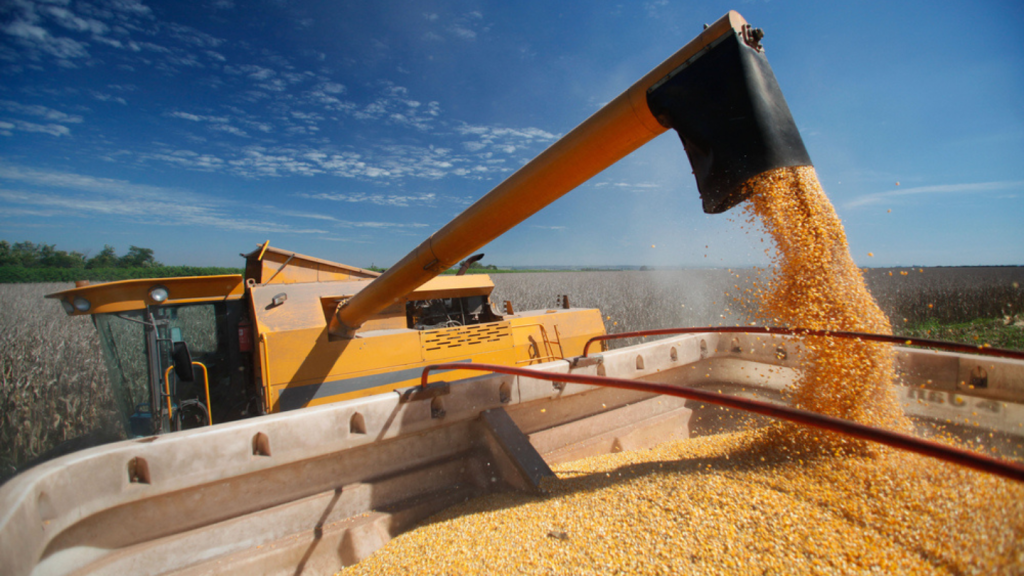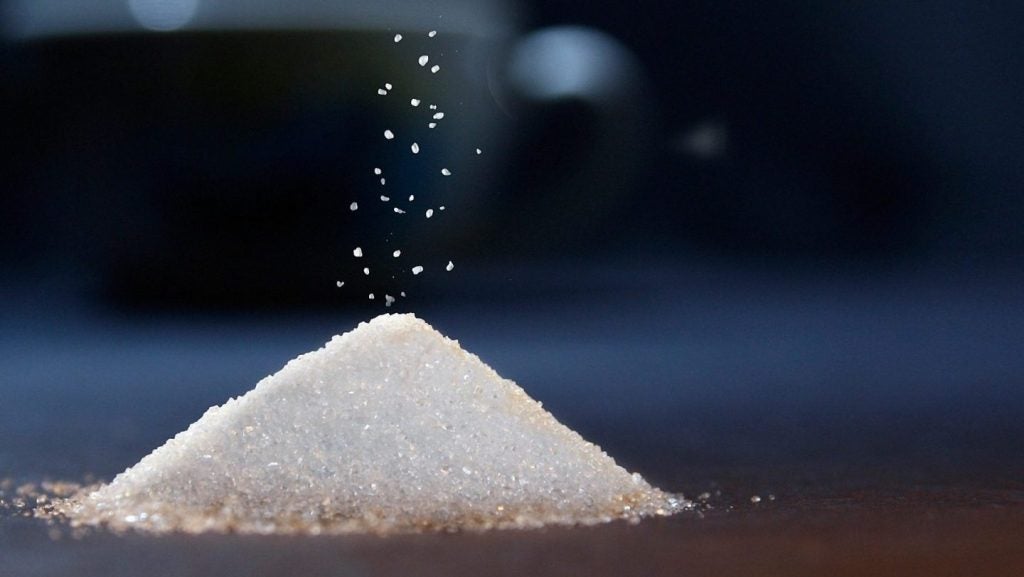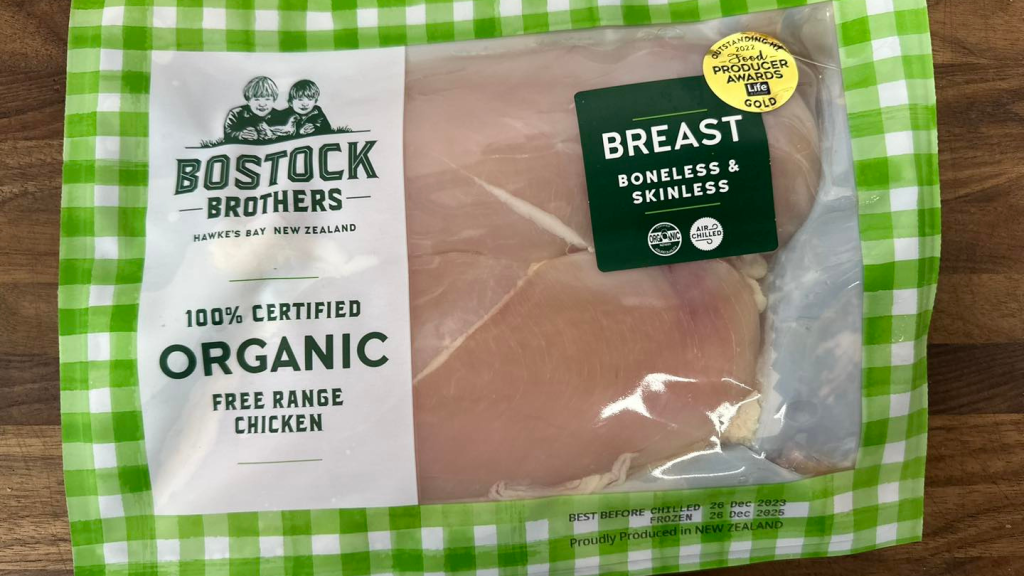Global food commodity prices continued to fall in February and marked the lowest average since February 2021, mainly as a result of lower world cereal prices.
The FAO Food Price Index, which tracks the prices of five food commodities, fell 10.5% from the same month last year and was down from 118.2 points in January. The gauge, compiled by the Food and Agriculture Organization of the United Nations, averaged 117.3 points in February.
The cereal price index fell 5% from January to 113.8 points, down 22.4% from its value in February 2023. The FAO said that international prices of all major cereals declined month on month, with maize exports falling the most.
Wheat prices were down due to “lower export quotations due a strong export pace from the Russian Federation, which exerted downward pressure on prices from other origins, in particular the European Union”, the FAO wrote in a statement.
In a separate report on cereal supply and demand, the FAO raised its forecast for 2023 cereal output by 1.1% from 2023 to 2,840 million metric tons due to increased maize supplies in Brazil, China and the US.
Vegetable oil prices fell 1.3% on the previous month and down 11% on the year prior, mainly due to lower world prices of soy, sunflower and rapeseed oils. This offset marginally higher palm oil quotations according to the agency.
Dairy prices were marginally up on January but stood 13.4% lower than 2023. The FAO said: “ In February, world butter prices rose the most, underpinned by higher import demand from Asian buyers and seasonally declining milk production in Oceania.”
The meat price index was up 1.8% on January and just 0.8% below its corresponding value one year ago. This reversed the seven months of consecutive decreases.
The FAO said international price quotations for poultry meat rose the most, followed by bovine meat, “underpinned mainly by a rise in demand from leading importing countries”.
Meanwhile, sugar prices were up 12.5% on the previous year and 3.2% on the month prior, marking the second consecutive monthly rise.
“Persistent concerns over the outlook for the upcoming season in Brazil following a prolonged period of below-average rainfall continued to support world sugar prices, exacerbating the seasonal upward pressure. Furthermore, forecasts pointing to likely production declines in Thailand and India, two leading exporting countries, contributed to the price increase,” the FAO wrote.
















